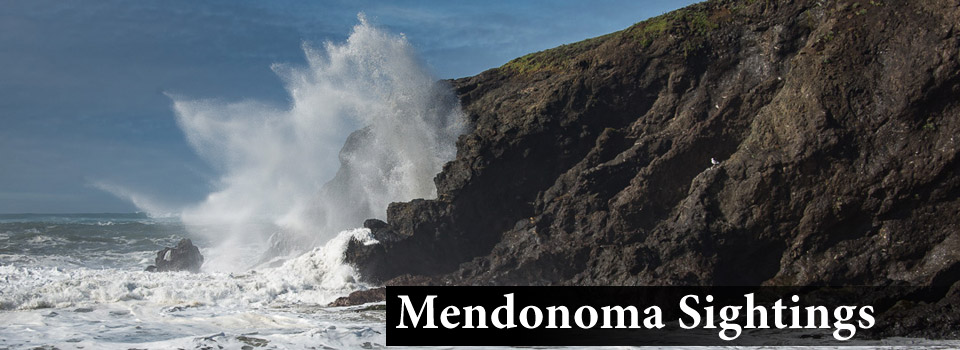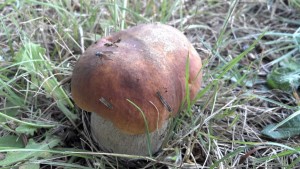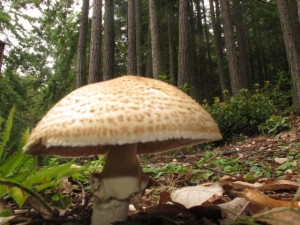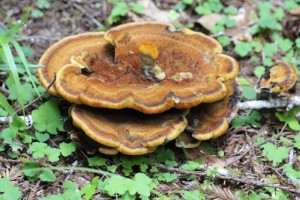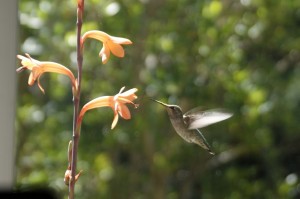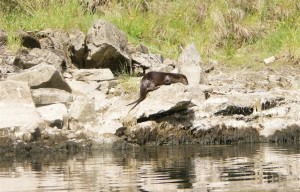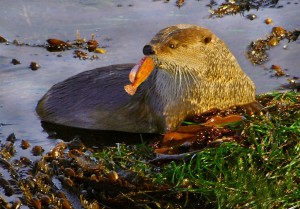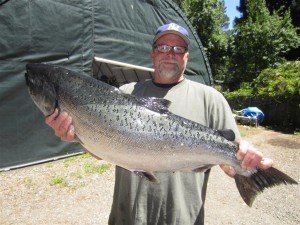A choice, edible mushroom that *normally* blooms in the fall, usually in November, has fruited on the Mendonoma Coast. Cathleen Crosby had a half dozen pop up near her home in Gualala
This is exactly what you look for - a big, fat mushroom with a thick, white stalk and a brown cap. Under the cap is a sponge rather than gills. This mushroom is a joy to find and delicious to eat. Now I wonder what will happen when our fall rains begin. Will we get a normal bloom of King Boletes?
Our summer edible mushroom is The Prince, Agaricus augustus. It is blooming on schedule as Leslie Hoppe's photo shows you. The Prince often pops up near roads and trails. When it is young it tastes sweet and almondy; when older it tastes more "mushroomy."
Thanks to Cathleen and Leslie for allowing me to share their photos with you here.
